'An empire within an empire,'
the Pashtun are essential to understanding the complexities of Afghanistan as a nation-state today. What is the 'Pashtun universe,' and why will they always outlast those who try to govern them?

© The CradleFiercely independent, the Pashtun have famously lived for centuries on the margins of great empires, evolving into more sophisticated renditions, but never far from their roots.
It was bound to happen: the remixed Saigon moment at Kabul airport and the stunning comeback of the Islamic Emirate of Afghanistan, led by Pashtuns, has unleashed across the West a cheap Orientalization avalanche.
The whole of Afghanistan is now 'threatened' by the return of the 'barbarians.'
Once again, Afghan women 'need to be protected,' all Afghans 'need to be rescued,' 'terrorists will rebuild' and Afghanistan may even need to be re-invaded for the sake of 'civilization.' All because of those wild tribal Pashtun barbarians.
Imperialist pathologies never die. 'Barbarian' yields from the Greek original
barbaros - as in someone who could not speak Greek, or spoke it incorrectly.
When faced with the sophisticated Persians, the concept of barbarian evolved. And then the Romans gave it its final contours, encompassing people who could not speak Greek or Latin, those who deployed military skills, were fierce or cruel to their enemies, or came from a non Graeco-Roman culture.
All this eventually coalesced into a toxic Western cultural construct deployed for centuries, the ultimate, pejorative denomination for a warrior-like Other: uncouth, uncivilized, rural, non-urban, prone to violence and cruelty, maybe not a total savage, but close.
As a contrast, Imperial China always referred to various Central Eurasian tribes and peoples as warring, civilized, urban, nomads, agrarian, but never as barbarians.
Pashtun Afghanistan is a much more sophisticated universe than the prevailing reductionism that evokes rural subsistence economy, mud-brick architecture, caravans of nomads, burqas and bearded men in sandals brandishing Kalashnikovs.
So as a tribute to the late, great Norwegian social anthropologist
Fredrik Barth, let's subvert Orientalism by taking an - Orientalist! - magic carpet ride to the twists and turns of the Pashtun world.
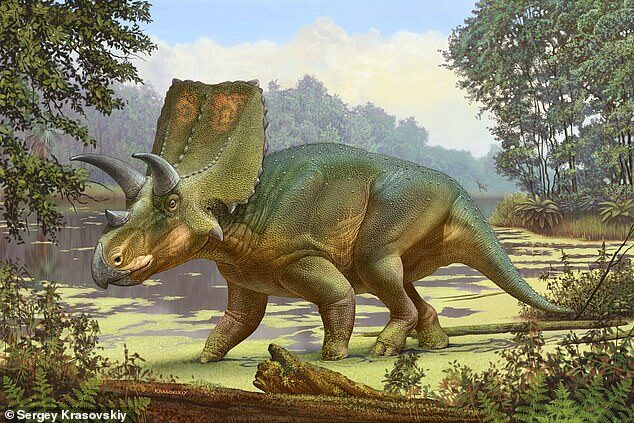
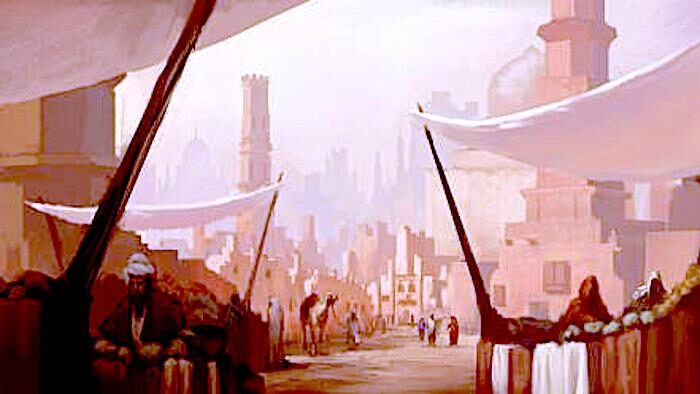
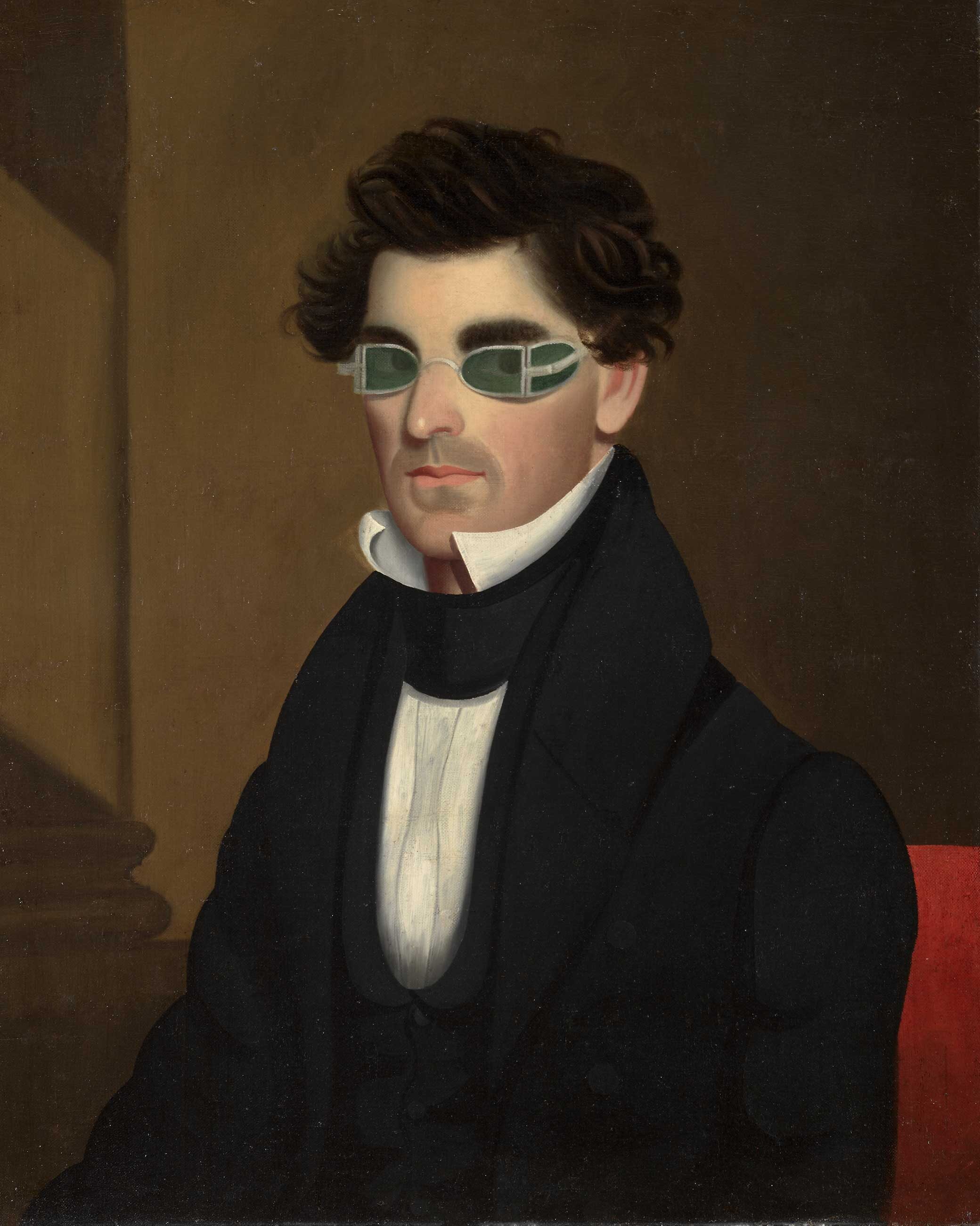
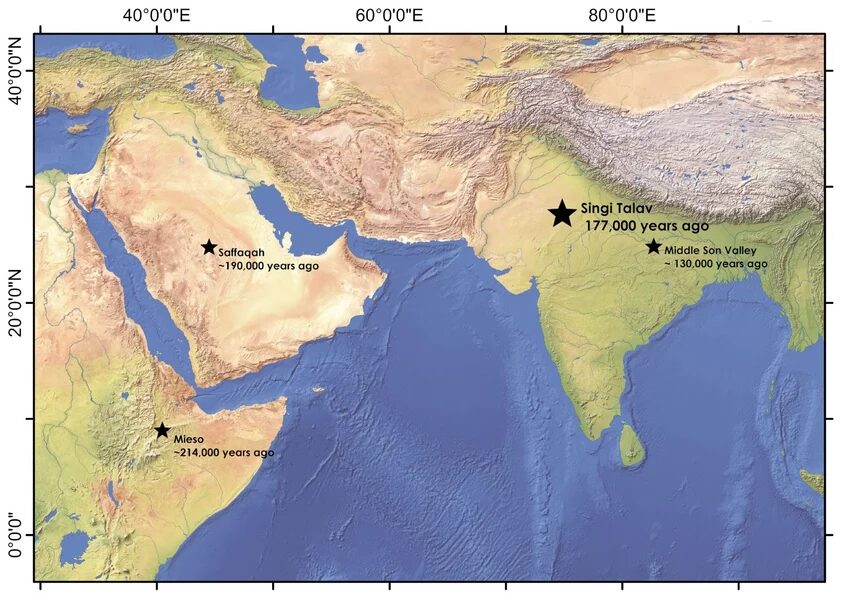
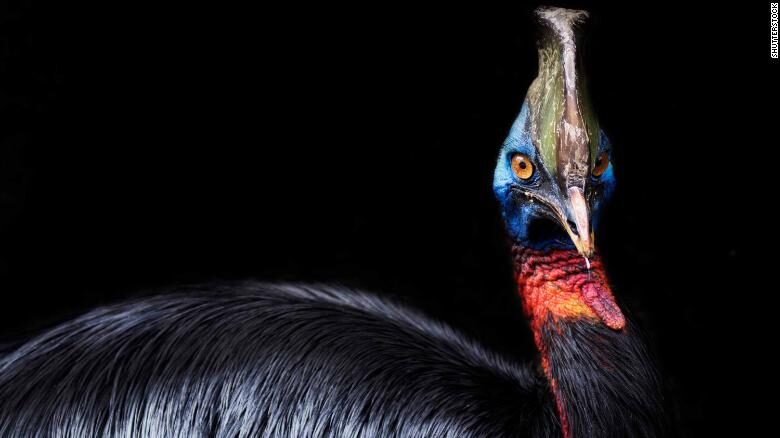
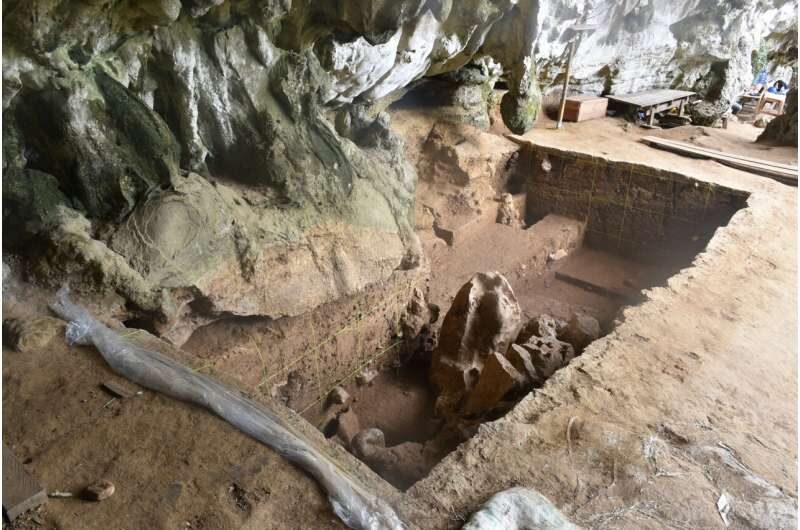
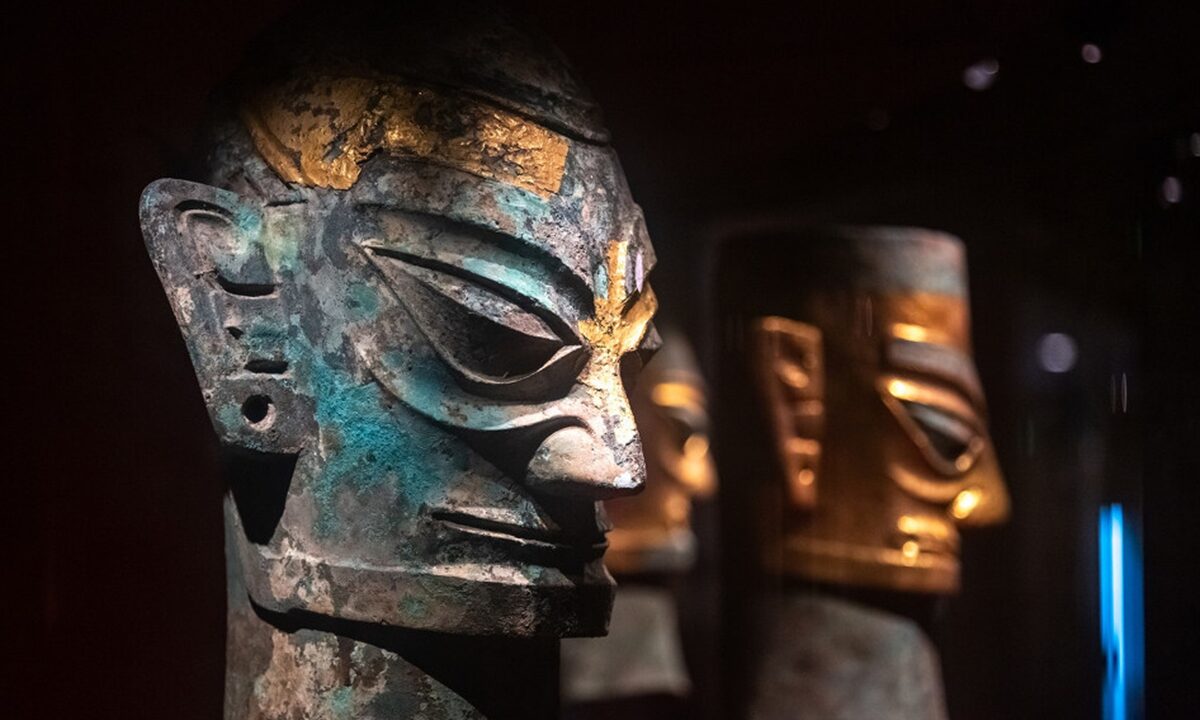


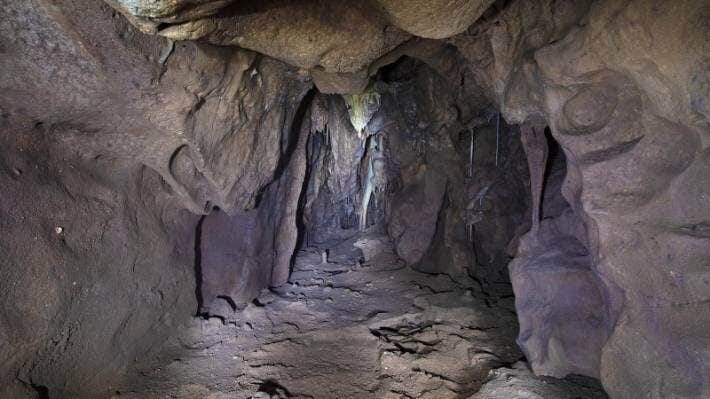



Comment: If humans were domesticating dogs as early as 28,000 years ago, it's quite likely that, elsewhere, they would have had the know how, and perhaps the need, to domesticate the cassowary:
- 28,500 year old fossil site supports date for dog domestication during Ice Age
- Arctic island mammoth shows strongest evidence yet of human slaughter and butchering
- World's oldest cooking pots found in Siberia, created 16,000 years ago at the end of the last ice age
- America Before by Graham Hancock - Book review
Also check out SOTT radio's: MindMatters: America Before: Comets, Catastrophes, Mounds and Mythology